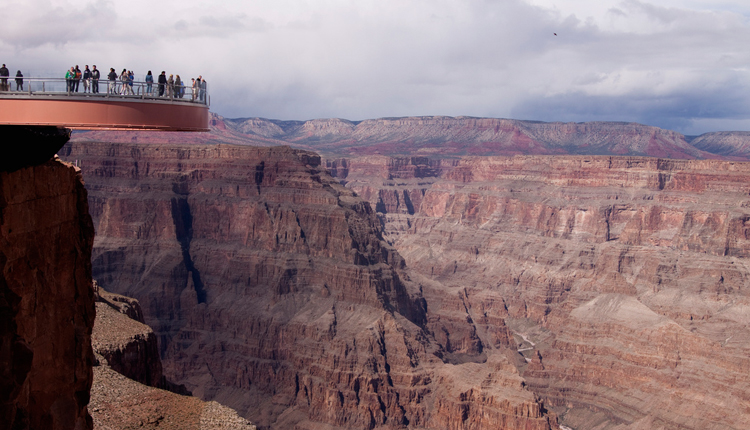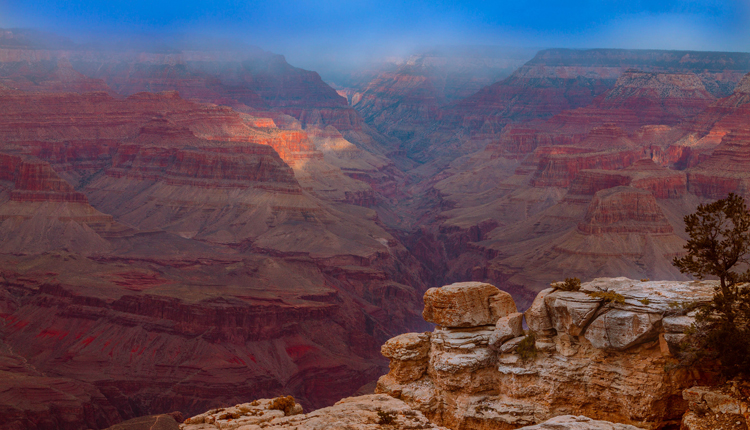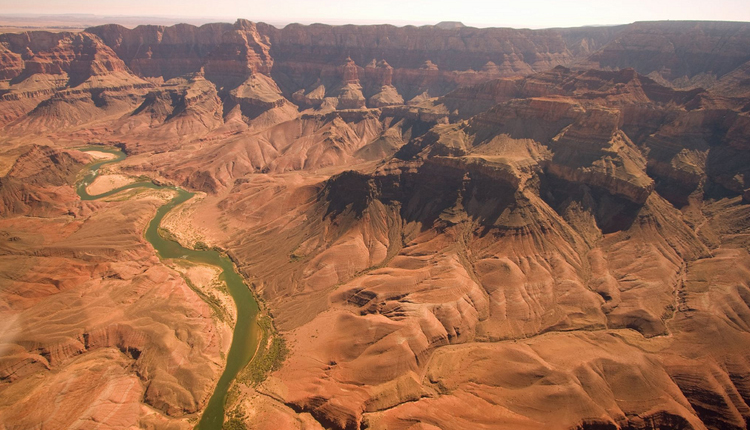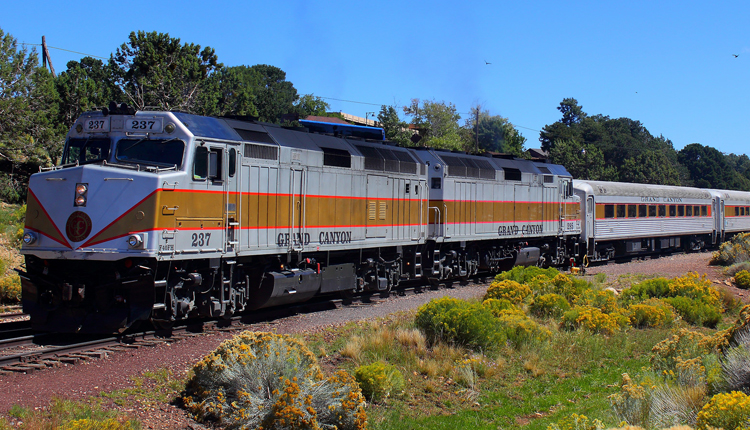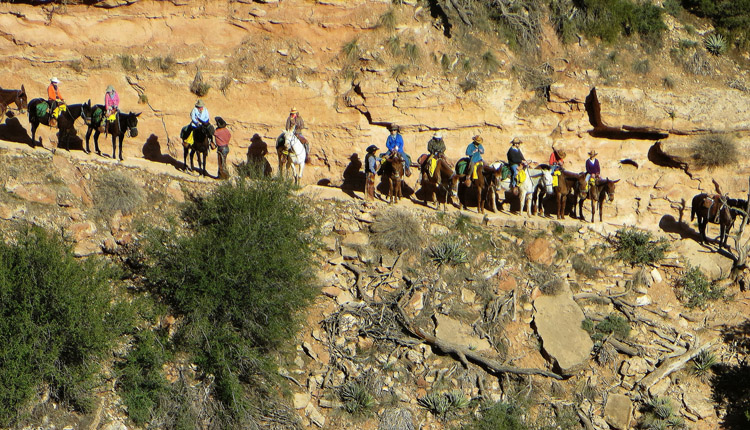A half day’s journey north provides an opportunity to enjoy the varied landscape from the White Mountains to Grand Canyon National Park. Driving through the White Mountains northward, travelers pass through Winslow and historic Flagstaff. With a semi-desert terrain and an elevation of 7000 feet, Flagstaff landscape boasts plateaus sprinkled with piñon-juniper trees, barren tundra and towering Ponderosa Pines. Watch for Bald Eagles, Pronghorn Antelope and elk as you enjoy moderate temperatures and beautiful alpine landscape. The sights, smells and sounds are exhilarating.
The Canyon
There is much debate about the age of the Grand Canyon; however, most experts agree that the formation of the canyon was caused by shifting plates that formed mountains and the powerful Colorado River surging through the sedimentary rocks, gradually carving a path across the desert. The canyon continues to evolve today, subject to wind, rain and river currents.
The Grand Canyon is 277 miles long, 18 miles wide in some spots and approximately 1 mile deep. Without seeing the canyon from an aerial perch, it is almost impossible to fully grasp the sheer magnitude of the size and diverse eco systems it contains. Adventurous tourists can hire a helicopter for a bird’s eye tour.
Most visitors view the Grand Canyon from the Southern Rim since the Northern Rim is subject to closing due to winter weather conditions. The only canyon crossing for automobiles is Navajo Bridge—located near Marble Canyon.
Listed as one of the seven wonders of the world, the Grand Canyon has something for everyone.
History buffs and anthropologists appreciate the evidence of cultural influence from people groups of the Basketmaker II Era (around 1200 BC) through modern day Native American Tribes like the Havasupai and Kaibab living near the Canyon.
Ecologists, ornithologists (bird watchers) and horticulturalists find native plants and animals only seen in the Grand Canyon. There are a dozen endemic species along with hundreds of bird species, mammals, reptiles and amphibians living in the park/canyon area. Migrating birds are seen during the winter months.
Hikers, River Riders and Automobile Travelers can all enjoy the beauty and diversity of the area from a unique perspective.
Architectural Landmarks:
- Grand Canyon Railroad Depot (1909) is a log-cabin-style-depot. One of only three.
- Desert View Watchtower (1932) provides a view of the canyon and river from a 70 foot perch similar to Anasazi lookout towers.
Flickr image credit: PiConsti

